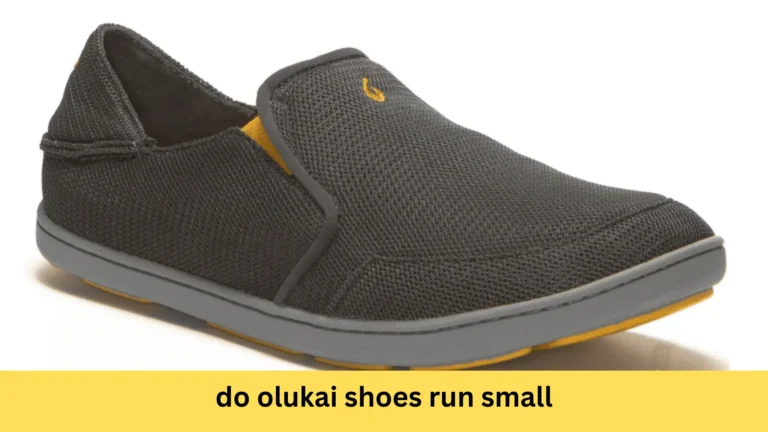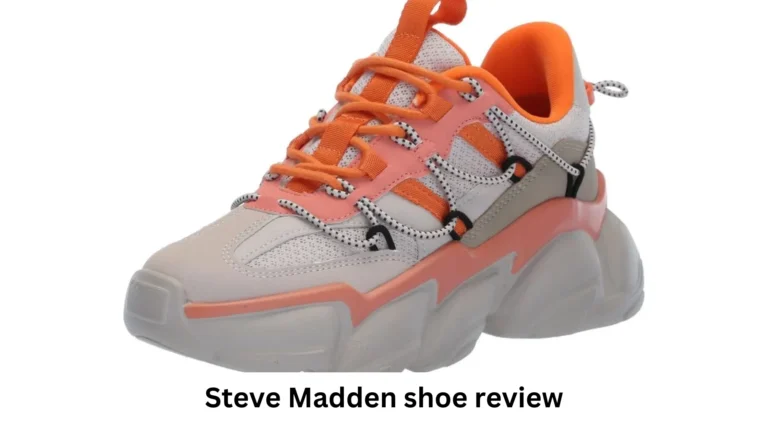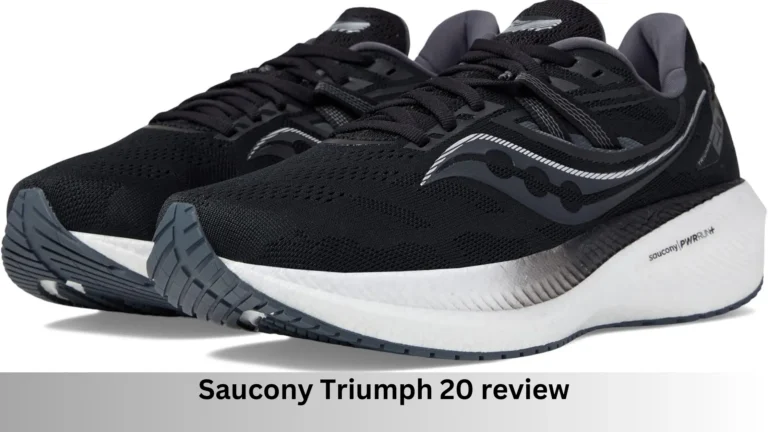
If you’ve ever found yourself standing in the running shoe aisle, staring at the shelves full of options, you’ve probably wondered: “What’s the difference between trail running shoes and regular running shoes?” Well, wonder no more! We’re about to break it down in a way that’s easy to understand and, dare we say, fun to read.
Purpose: Where Are You Running?
Trail Running Shoes: Not Just for the Trails, But for Adventure
Trail running shoes are like your trusty sidekick when you’re tackling rough, wild terrain. Think rocks, mud, steep hills, and the occasional surprise tree root jumping out to trip you up. These shoes are made to protect your feet from all those pesky obstacles while giving you the traction you need to avoid slipping and falling face-first into a pile of leaves (no one wants that).

Regular Running Shoes: Made for Smooth, Flat Roads
On the flip side, regular running shoes are like your well-oiled machine for running on paved paths. Whether it’s a smooth sidewalk or a nice, flat treadmill, these shoes are designed for comfort and speed. They’re not worried about tree roots or rocks—just forward motion, with a lot of cushioning to help your feet take those repetitive pounding steps.
Outsoles: Traction, Baby!
Trail Running Shoes: Lugs for Days
One of the easiest ways to spot a trail running shoe? The outsoles. They’re usually deeply lugged, meaning you’ll see chunky patterns designed to grip the ground. These lugs help you stay steady on muddy, uneven surfaces. If you’ve ever tried to run in the woods with regular running shoes, you know the feeling—slipping and sliding like you’re in a cartoon. Not so with trail shoes!
Regular Running Shoes: Smoother for a Reason
In contrast, regular running shoes have smoother outsoles—no big lugs here. They’re made for pavement where you need stability, but not extra traction. The grip is just enough to keep you from skidding on a wet sidewalk, but not designed for rock climbing. So, if you’re running on a smooth path, you’ll be in good hands (or shoes, rather).
Cushioning: Comfort for Every Step
Trail Running Shoes: A Little Firmer for Stability
You might think that trail shoes need a soft, squishy cushion, but here’s the twist: trail shoes are firmer. This helps you feel more connected to the ground, giving you extra stability on uneven surfaces. They’re not as plush as regular running shoes, but you’ll appreciate the sturdiness when you’re hopping over rocks or dodging mud puddles.
Regular Running Shoes: Cushy Comfort All the Way
Now, regular running shoes are all about that comfort. Expect plenty of cushioning here. These shoes are designed to absorb the shock of your feet hitting hard surfaces like asphalt or concrete. The goal is to give your feet a soft landing with every step. So, if you’re pounding out miles on the road, this is your best bet for keeping your feet happy and well-padded.
Also See: What’s the Difference Between Running Shoes and Tennis Shoes?
The Upper: Protecting Your Feet, but in Different Ways
Trail Running Shoes: Built Tough
The uppers of trail running shoes are made to withstand the elements. Whether it’s sharp rocks, sticks, or puddles, these shoes are often reinforced with extra material to keep your feet safe from getting scratched or soaked. Some even come with water-resistant uppers, just in case you find yourself splashing through a stream or running in the rain. They’re like the superhero cape of footwear!
Regular Running Shoes: Light and Breezy
Regular running shoes, on the other hand, are all about lightness. The uppers are made from breathable mesh or fabric to keep your feet cool on those long, sunny road runs. They don’t need the heavy-duty protection of trail shoes because the road’s a lot more forgiving (unless you count that surprise pothole you almost trip into).
Stability: Don’t Let That Ankle Roll
Trail Running Shoes: Extra Stability
When you’re running on rough trails, the last thing you want is to roll your ankle. Trail running shoes are built with extra support to keep you from twisting your foot on uneven surfaces. Some shoes even come with rock plates to protect the soles of your feet from sharp objects you might step on while running. They’re like having a safety net for your feet—just in case.
Regular Running Shoes: Flexibility is the Name of the Game
Regular running shoes are much more flexible, allowing for smoother, faster strides on flat, paved surfaces. These shoes don’t need to be as stiff or supportive since there’s no fear of stepping on an awkward rock and rolling your ankle. It’s all about fluid movement and speed.
Weight: Light on Your Feet (Or Not)
Trail Running Shoes: A Little Heavier, But Worth It
You might notice that trail running shoes tend to be a bit heavier than regular running shoes. That’s because they’re packed with extra protection and thicker materials to handle rough terrain. Sure, they might weigh you down a bit, but when you’re scaling a steep incline, that extra weight can feel reassuring.
Regular Running Shoes: Fast and Light
Regular running shoes, in contrast, are light as a feather. They’re made to help you run fast and not slow you down. After all, you’re not jumping over boulders or navigating streams—you’re just cruising along a smooth road or track. So, they’re built to keep you light on your feet.

Durability: Made for Different Surfaces
Trail Running Shoes: Built to Last
If you’re running on rugged terrain, your shoes are going to take a beating. That’s why trail running shoes are made with durable materials designed to handle the wear and tear of sharp rocks, mud, and dirt. These shoes are made to last and keep your feet protected through the toughest runs.
Regular Running Shoes: Perfect for Paved Roads
While regular running shoes are still durable, they’re made for paved roads, so they’ll wear out faster if you take them on the trails. If you plan on running on hard, flat surfaces, these shoes are more than up to the task, but they’re not going to hold up to the same level of punishment as trail shoes.
So, Which One Should You Choose?
If you’re running on trails filled with rocks, mud, and unpredictable terrain, then trail running shoes are the way to go. They provide the protection, stability, and traction you need to stay safe and comfortable.
However, if you’re just looking to run on smooth roads or tracks, regular running shoes will give you the lightweight comfort and cushioning you need to keep your stride strong and your feet happy.
At the end of the day, it’s all about where you run. Choose wisely, and your feet will thank you!

Hello, I am Natasha Rose. I am the founder of the website Best Running Shoes. I am from California, USA. I am a professional shoe analyzer and an employee in a shoe showroom. I like to provide information about all types of shoes.






